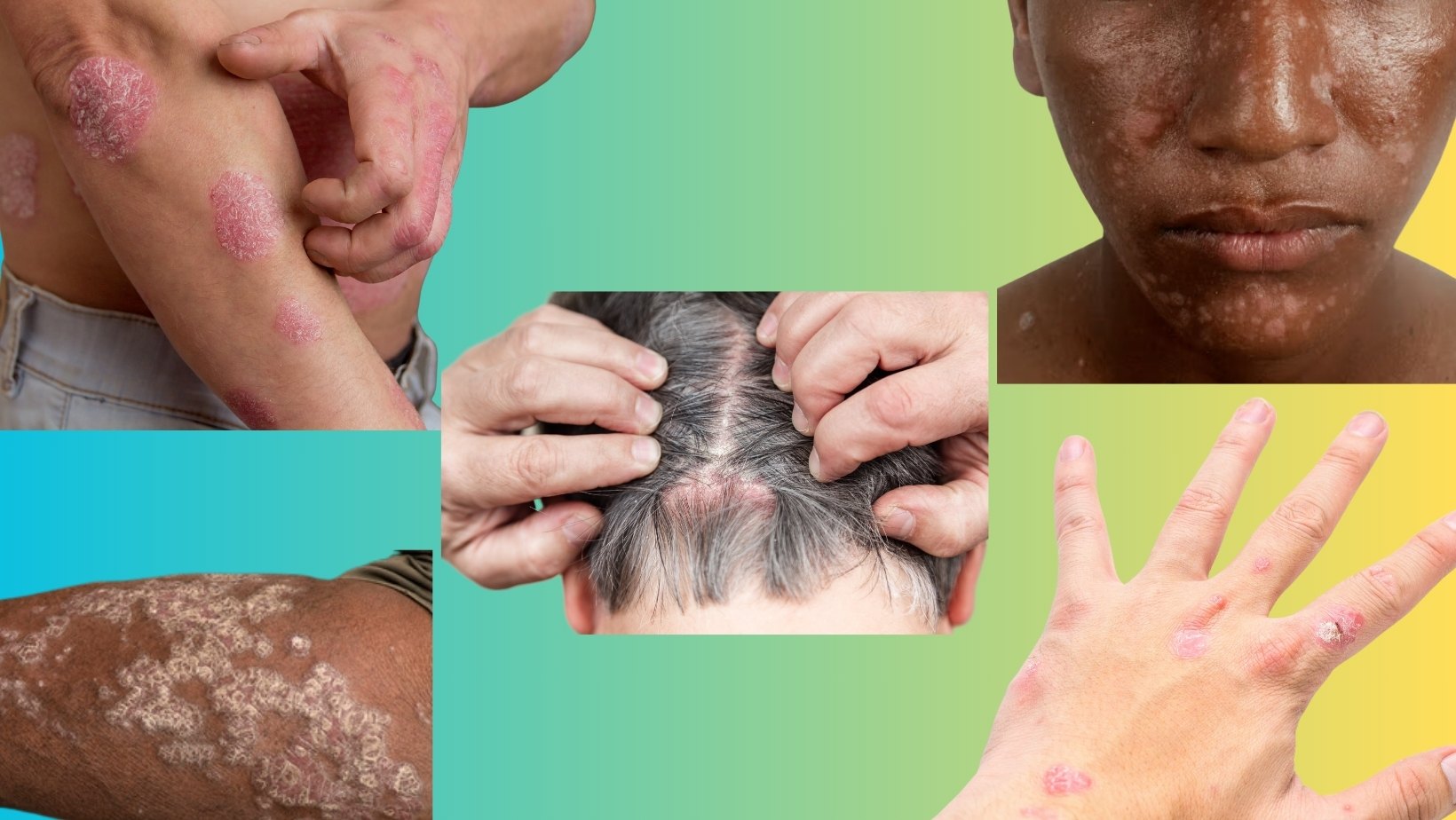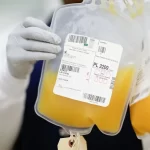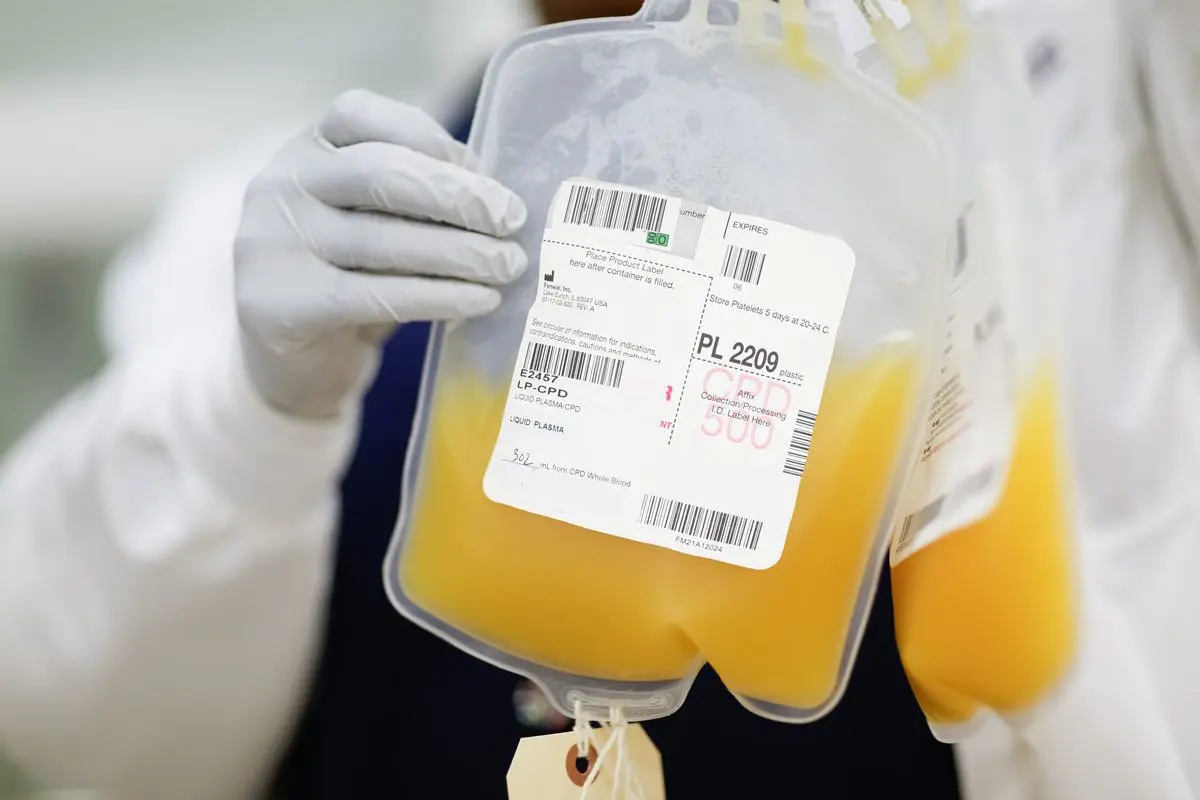Psoriasis is a widespread and often misunderstood skin condition that impacts the lives of millions of individuals worldwide. The discomfort and challenges it poses can be significant, making it essential for both those who live with this condition and the general public to gain a comprehensive understanding.
This chronic autoimmune skin disorder stands apart from many other skin conditions due to its unique characteristics. One of the hallmark features is the rapid overproduction of skin cells. In healthy individuals, skin cells undergo a gradual replacement process, with old cells shedding and new ones forming every few weeks. However, with this condition, this natural cycle accelerates dramatically. New skin cells emerge at an alarming rate, taking mere days rather than weeks to reach the surface. This accelerated turnover results in the accumulation of thick, scaly patches on the skin’s surface, often accompanied by redness and inflammation.
At the core of the disorder lies an immune-mediated process. The immune system, in a healthy state, employs T-cells, a type of white blood cell, to protect the body against infections. However, for those affected, these T-cells become overly active and initiate an abnormal immune response. They erroneously identify perfectly healthy skin cells as harmful invaders, setting off a cascade of events. These activated T-cells stimulate other immune cells to release pro-inflammatory “messengers” called cytokines. These cytokines, in turn, prompt skin cells to multiply at a breakneck pace.
What Does Psoriasis Look Like?
Psoriasis exhibits a diverse array of presentations, with plaque psoriasis being the most prevalent. Plaque psoriasis manifests as raised, red patches of skin adorned with silvery-white scales. While these patches can emerge anywhere on the body, they typically favor the elbows, knees, scalp, and lower back. In some cases, they can be intensely itchy, painful, or even both, and severe instances may lead to cracking and bleeding. Guttate psoriasis, in stark contrast, showcases as small, drop-like lesions. This variant is commonly triggered by streptococcal infections, predominantly affecting children and young adults. Pustular psoriasis stands out with its pus-filled blisters enveloped by inflamed skin. It can either be localized or extend over more extensive areas. Additional forms include inverse psoriasis, nail psoriasis, erythrodermic psoriasis, scalp psoriasis, and mucosal psoriasis. Each subtype presents its unique set of challenges, adding to the complexity of the condition.
Who Gets Psoriasis?
The condition is not confined to any specific age group, gender, or ethnicity; it is truly indiscriminate. It can affect individuals at any point in their lives, from infancy to old age. While it often makes its first appearance in adulthood, it can also emerge during childhood or adolescence. There is striking gender neutrality, affecting men and women in equal measure. It transcends racial and ethnic boundaries, impacting individuals from various backgrounds.
However, it is worth noting that psoriasis may manifest differently in individuals with darker skin tones. In such cases, the characteristic redness of psoriatic lesions may be less pronounced, rendering the condition less conspicuous than in individuals with lighter skin. This subtlety sometimes leads to delayed diagnosis or even underdiagnosis. Additionally, disparities in healthcare utilization and access to dermatological care can further compound the challenges faced by different racial and ethnic groups. Barriers to healthcare access may result in delayed diagnosis and treatment, underscoring the importance of equitable healthcare provision for all.
Cracking the Genetic Code
Indeed, there is a genetic component to psoriasis. Research has firmly established that if one or both parents have skin condition, their offspring are at an increased risk of developing the condition. Nevertheless, a genetic predisposition does not serve as an unequivocal guarantee of developing psoriasis. Many individuals with a family history never experience any symptoms, shedding light on the intricate interplay between genetics and environmental factors in the onset of the condition.
Numerous genes associated with immune function and the regulation of skin cells are believed to contribute to this genetic susceptibility. However, the emergence and severity of psoriasis also hinge on environmental triggers. These triggers can encompass stress, infections, smoking, alcohol consumption, and certain medications. The complex interplay between genetic predisposition and environmental factors remains an active area of research, offering insights into the multifaceted origins of psoriasis. This dynamic interaction underscores the importance of personalized treatment approaches and lifestyle modifications in managing this chronic condition.
Links to Other Medical Conditions
Psoriasis extends its influence beyond skin deep; it has systemic implications and is linked to several other medical conditions, including:
- Psoriatic Arthritis: A significant portion of individuals with psoriasis, around 30%, develop psoriatic arthritis, which manifests as joint pain, stiffness, and swelling. This condition can affect any joint in the body and frequently coexists with skin symptoms.
- Cardiovascular Disease: Psoriasis is intricately linked to an elevated risk of heart disease, encompassing conditions such as hypertension, heart attacks, and strokes.
- Metabolic Syndrome: Individuals with psoriasis exhibit a higher prevalence of metabolic syndrome, a cluster of conditions including obesity, high blood pressure, and diabetes.
- Mental Health Challenges: Many individuals grappling with psoriasis report feelings of embarrassment, depression, and anxiety stemming from the appearance of their skin and the social stigma associated with the condition.
Psoriasis stands as a complex and chronic skin condition that touches the lives of individuals across diverse age groups and backgrounds. While managing condition can undoubtedly pose challenges, gaining insight into its causes, recognizing its various appearances, and understanding its potential connections to other medical conditions is of paramount importance. If you suspect you have psoriasis or are struggling to manage its symptoms, seeking consultation with a dermatologist is essential for accurate diagnosis and guidance on treatment options. With appropriate care and support, individuals can lead fulfilling lives while effectively managing this chronic condition.








